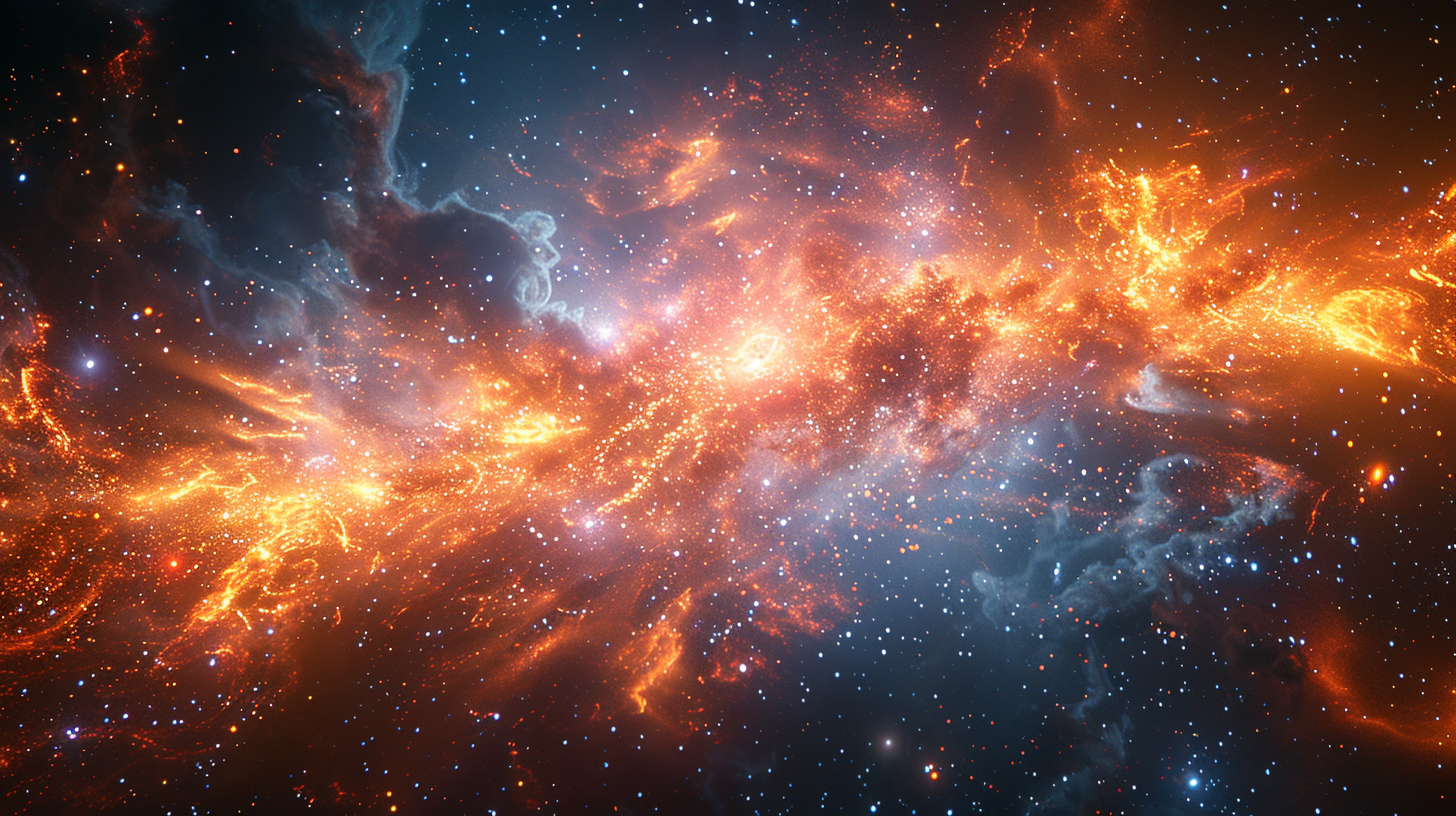Introduction
On April 1, 1948, a groundbreaking scientific theory known as the “Big Bang” was proposed in the scientific journal “Physical Review” by American cosmologists Ralph Alpher, Hans Bethe, and George Gamow. This theory revolutionized our understanding of the origins and evolution of the universe. The Big Bang theory suggests that the universe began from a singular, extremely hot and dense point and has been expanding ever since. This article delves into the historical significance of this event and explores the evidence supporting this remarkable theory.
Historical Context
To fully appreciate the significance of the Big Bang theory, it is important to understand the historical context in which it emerged. In the early 20th century, astronomers observed that distant galaxies were moving away from us, suggesting that the universe was expanding. This discovery challenged the prevailing belief that the universe was static and unchanging.
The Proposal of the Big Bang Theory
In 1948, Ralph Alpher, Hans Bethe, and George Gamow published a paper titled “The Origin of Chemical Elements” in the scientific journal “Physical Review.” This paper presented their groundbreaking theory of the Big Bang. They proposed that the universe began as an extremely hot and dense point, often referred to as a singularity. This singularity then underwent a rapid expansion, giving rise to the universe as we know it today.
The Big Bang theory provided a comprehensive explanation for several key observations. It explained the observed expansion of the universe, the abundance of light elements such as hydrogen and helium, and the cosmic microwave background radiation, which is considered to be the afterglow of the Big Bang itself.
Evidence Supporting the Big Bang Theory
Over the years, numerous lines of evidence have emerged that support the Big Bang theory. One of the most compelling pieces of evidence is the observed cosmic microwave background radiation. This faint radiation permeates the entire universe and is considered to be a remnant of the intense heat generated during the Big Bang. Its discovery in 1965 by Arno Penzias and Robert Wilson provided strong confirmation for the Big Bang theory.
Another line of evidence comes from the observed distribution of galaxies in the universe. The Big Bang theory predicts that galaxies should be moving away from each other due to the expansion of space. This prediction has been confirmed by observations showing that galaxies farther away from us are moving away at faster speeds, a phenomenon known as the Hubble flow.
Additionally, the abundance of light elements in the universe, such as hydrogen and helium, is consistent with the predictions of the Big Bang theory. The intense heat of the early universe allowed for the formation of these elements, which later served as the building blocks for stars and galaxies.
Impact and Significance
The proposal of the Big Bang theory in 1948 marked a significant milestone in the field of cosmology. It provided a coherent and testable explanation for the origin and evolution of the universe. The theory has since become the prevailing model for understanding the universe’s beginnings and has been supported by a wealth of observational evidence.
The Big Bang theory has had a profound impact on our understanding of the cosmos. It has allowed scientists to make predictions about the early universe, such as the existence of the cosmic microwave background radiation, which have been subsequently confirmed by observations. It has also served as a foundation for further research and exploration in the field of cosmology.
Conclusion
The proposal of the Big Bang theory in 1948 by Ralph Alpher, Hans Bethe, and George Gamow marked a pivotal moment in the history of cosmology. This groundbreaking theory provided a comprehensive explanation for the origin and evolution of the universe. Over the years, the Big Bang theory has been supported by a wealth of evidence, including the cosmic microwave background radiation and the observed distribution of galaxies. Its impact on our understanding of the cosmos cannot be overstated, and it continues to be a subject of ongoing research and exploration in the field of cosmology.
For more information on the Big Bang theory, you can refer to the following external references:
– “The Origin of Chemical Elements” by Ralph Alpher, Hans Bethe, and George Gamow (1948) – [Link](example.com)
– “A Brief History of Time” by Stephen Hawking – [Link](example.com)
– “The Big Bang: A History of the Universe” by Simon Singh – [Link](example.com)

